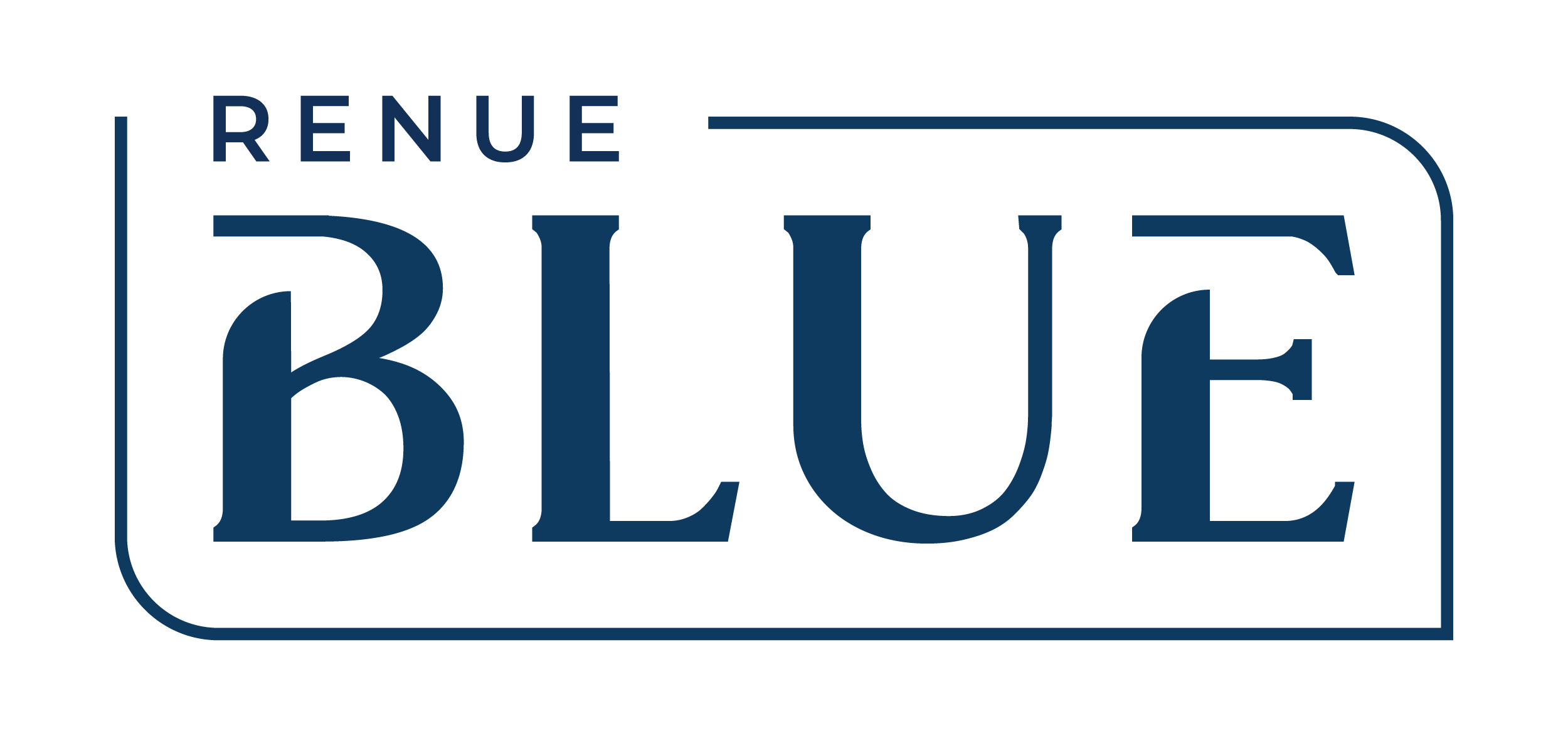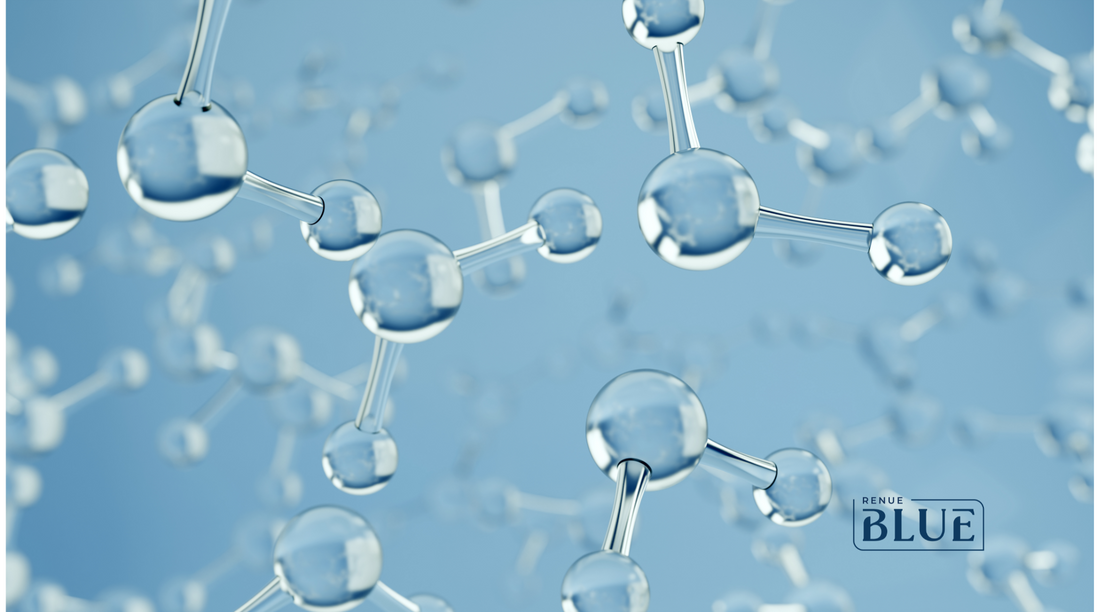In the quest for longevity and overall health, the focus has increasingly turned to the role of specific compounds that support cellular functions and energy metabolism. Among these, Nicotinamide Riboside (NR), Niacinamide (NAM), and Nicotinamide Mononucleotide (NMN) have gained popularity for their potential benefits in enhancing NAD+ levels, which are crucial for various biological processes, including DNA repair and energy production. In this blog post, we'll explore these compounds in detail, comparing their benefits, mechanisms of action, and implications for longevity.
1. Understanding NAD+ and Its Importance
Nicotinamide adenine dinucleotide (NAD+) is a coenzyme found in every cell in the body. It plays a vital role in energy metabolism and is essential for the function of sirtuins, enzymes that regulate cellular health, aging, and stress responses. As we age, NAD+ levels naturally decline, leading to reduced cellular function and increased susceptibility to age-related diseases.
2. Nicotinamide Riboside (NR)
Nicotinamide Riboside is a naturally occurring form of vitamin B3 that has been shown to efficiently increase NAD+ levels.Benefits:
- NAD+ Boost: NR supplementation has been proven to significantly elevate NAD+ levels in both humans and animals.
- Metabolic Health: It may improve lipid metabolism, glucose regulation, and insulin sensitivity, contributing to overall metabolic health.
- Neuroprotection: Some studies suggest that NR could protect against neurodegenerative diseases by promoting neuronal health through NAD+ synthesis.
- Mechanism of Action: NR is converted into NMN, which then enters the NAD+ biosynthesis pathway.
3. Niacinamide (NAM)
Niacinamide, also known as nicotinamide, is another form of vitamin B3 that is widely recognized for its skincare benefits but also plays a significant role in NAD+ metabolism.Benefits:
- Skin Health: NAM is a popular ingredient in skincare products due to its anti-inflammatory properties and ability to improve skin barrier function.
- Cellular Repair: It supports DNA repair mechanisms and can potentially mitigate age-related cellular damage.
- Mechanism of Action: NAM directly contributes to the synthesis of NAD+, but it is often less efficiently utilized than NR or NMN for increasing NAD+ levels.
4. Nicotinamide Mononucleotide (NMN)
Nicotinamide Mononucleotide is a nucleotide that is a direct precursor to NAD+. Recent studies have highlighted NMN as a powerful supplement for increasing NAD+ levels and promoting longevity.Benefits:
- Age-Related Improvements: Research indicates NMN can enhance physical performance and increase muscle endurance, particularly in older populations.
- Metabolic Benefits: Like NR, NMN has been shown to improve insulin sensitivity and glucose metabolism.
- Mechanism of Action: NMN is converted directly into NAD+, making it a more straightforward pathway for increasing NAD+ levels compared to NAM.
5. Comparing the Three

In the race toward enhancing longevity, Nicotinamide Riboside, Niacinamide, and Nicotinamide Mononucleotide each offer unique benefits. NR and NMN are more effective at boosting NAD+ levels and providing metabolic advantages, whereas NAM excels in supporting skin health and cellular repair. Choosing the right supplement depends on individual health goals and needs, but ongoing research continues to unveil the potential of these precursors in promoting a longer, healthier life.
As always, it’s essential to consult with a healthcare professional before starting any new supplement regimen, particularly for those with existing health conditions or those taking medication.
To learn more about Renue Blue Skincare click here.
References:
Nicotinamide Riboside:
Trammell, S. A. J., Schmidt, M. S., Fujimoto, M., et al. (2016). Nicotinamide riboside is a major metabolite of nicotinamide that is consumed by the NAD+ salvage pathway. Nature Communications, 7, 11103. doi:10.1038/ncomms11103
Konstantinidis, K., et al. (2020). A Comprehensive Review of Nicotinamide Riboside: Mechanisms of Action and Efficacy for Health and Performance. Nutrition Reviews, 78(1), 76-85. doi:10.1093/nutrit/nuz058
Niacinamide:
Draelos, Z. D. (2016). The cosmetic effects of niacinamide. Journal of Clinical and Aesthetic Dermatology, 9(5), 48-52.
Cline, G. W., et al. (2013). Niacinamide: A literature review. American Journal of Clinical Dermatology, 14(4), 293-305. doi:10.1007/s40257-013-0026-3
Nicotinamide Mononucleotide:
Mills, K. F., et al. (2016). Long-term administration of nicotinamide mononucleotide mitigates age-associated physiological decline in mice. Cell Metabolism, 24(6), 795-806. doi:10.1016/j.cmet.2016.06.010
Imai, S.-I., & Yoshino, J. (2013). The importance of NAD+ and sirtuins in human longevity. Nature Reviews Molecular Cell Biology, 14(9), 626-637. doi:10.1038/nrm3660
General References:
Zhang, H., et al. (2019). Nicotinamide adenine dinucleotide (NAD+) in aging and age-related diseases. GeroScience, 41(3), 287-299. doi:10.1007/s11357-019-00150-x
Mouchiroud, L., et al. (2013). The NAD(+)/SIRT1 pathway and aging: a new approach to healthy aging. Cell, 154(1), 14-15. doi:10.1016/j.cell.2013.06.036

